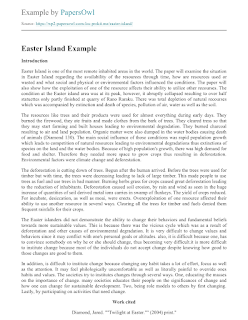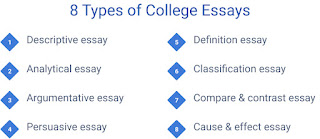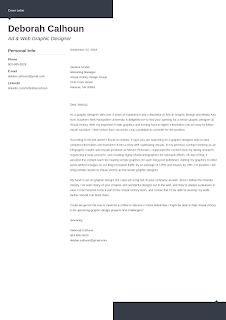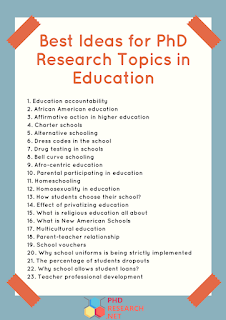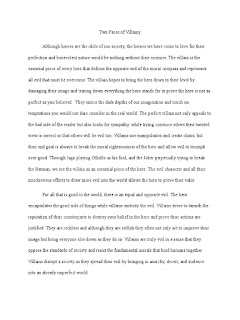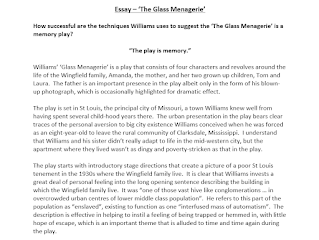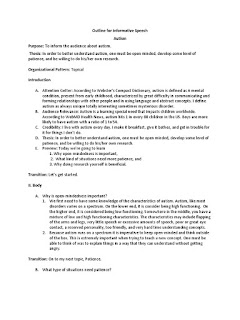Corruption in India: A Closer Look
Introduction
Corruption is a pervasive problem that has plagued India for decades. It is a socio-political issue that has not only tarnished the image of the nation but has also hindered its progress and development. In this essay, we will delve deeper into the causes, consequences, and solutions to tackle corruption in India.
Causes of Corruption
Corruption in India can be attributed to various factors:
- Unethical and Greedy Officials: Some public officials, driven by their personal greed, engage in corrupt practices such as bribery, embezzlement, and nepotism.
- Lack of Transparency: The absence of transparent systems and processes in the government provides fertile ground for corruption to thrive. The lack of public access to information encourages corrupt practices.
- Complex Regulations: Cumbersome bureaucratic procedures and complicated regulations make it easier for corrupt officials to exploit loopholes and extort bribes.
- Poverty and Inequality: Widespread poverty and income inequality breed a sense of desperation among the masses, making them more susceptible to accepting bribes or engaging in corrupt practices themselves.
Consequences of Corruption
The consequences of corruption are far-reaching and detrimental to the overall well-being of society:
- Undermining Public Trust: Corruption erodes public confidence in the governance and justice systems, leading to a breakdown of law and order.
- Impact on Development: The diversion of public funds into corrupt officials' pockets hampers infrastructure development, healthcare, education, and other critical sectors.
- Economic Implications: Corruption stifles economic growth by creating an unfavorable business environment, deterring investments, and distorting market competition.
- Social Injustice: Corruption perpetuates social inequalities, as those with more wealth and connections can bypass legal procedures and obtain undeserved advantages.
Solutions to Combat Corruption
To address the issue of corruption effectively, the following measures should be implemented:
- Strengthening Anti-Corruption Laws: Implementing stricter laws and regulations with severe penalties can act as a deterrent to potential corrupt individuals.
- Embracing Technology: Utilizing digital systems and platforms to streamline processes reduces human intervention, minimizing opportunities for corruption.
- Promoting Transparency and Accountability: Encouraging transparency in government operations, financial transactions, and public services helps build public trust and minimizes corrupt practices.
- Enhancing Public Participation: Encouraging citizen engagement in decision-making processes and empowering them with whistleblower protection fosters a culture of accountability and reduces corruption.
Conclusion
Corruption in India is a deep-rooted problem that hampers the nation's progress and tarnishes its reputation globally. However, with comprehensive anti-corruption measures and the collective efforts of citizens, the growing menace of corruption can be curtailed. Eliminating corruption is essential for India to achieve its full potential and create a just and prosperous society.




